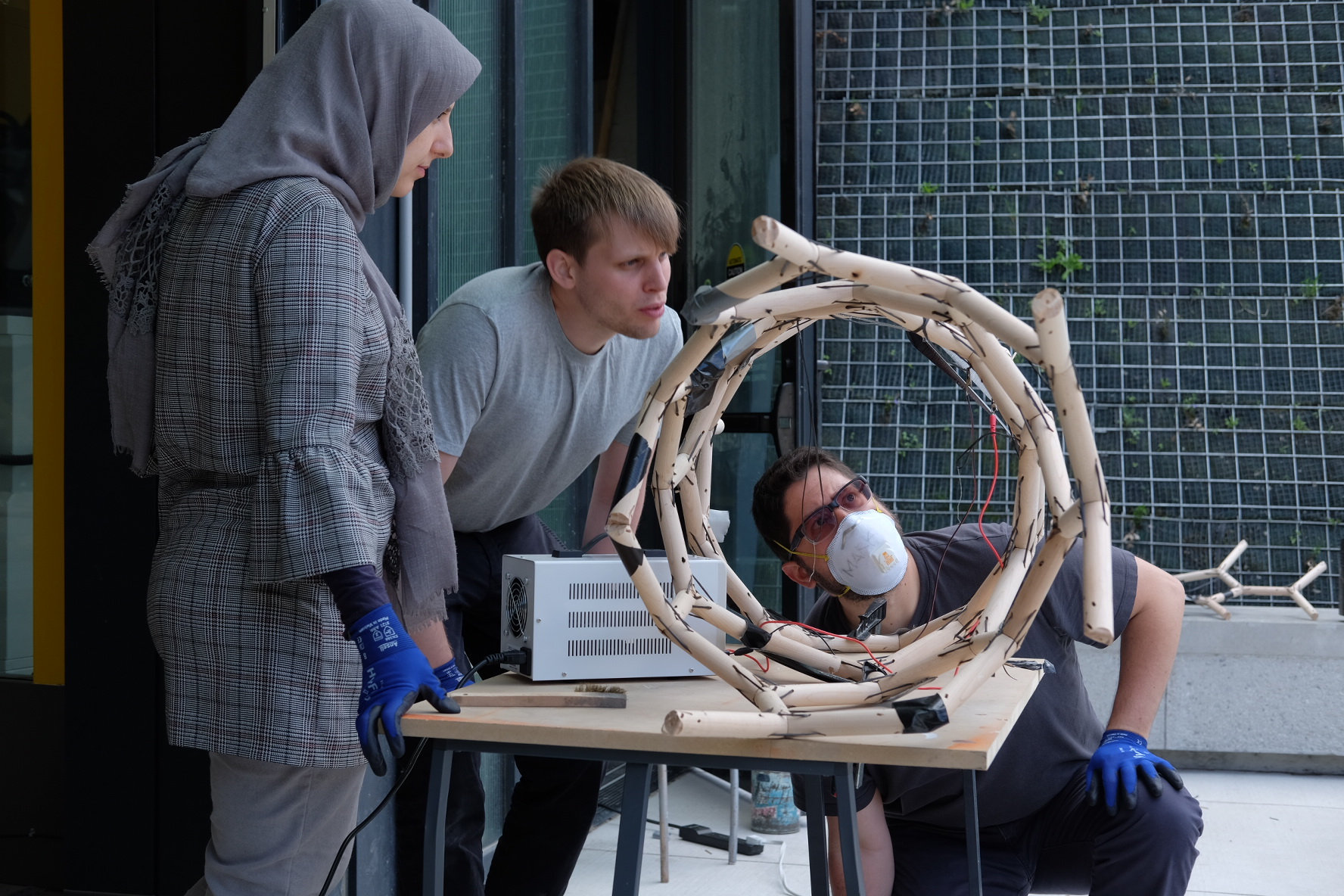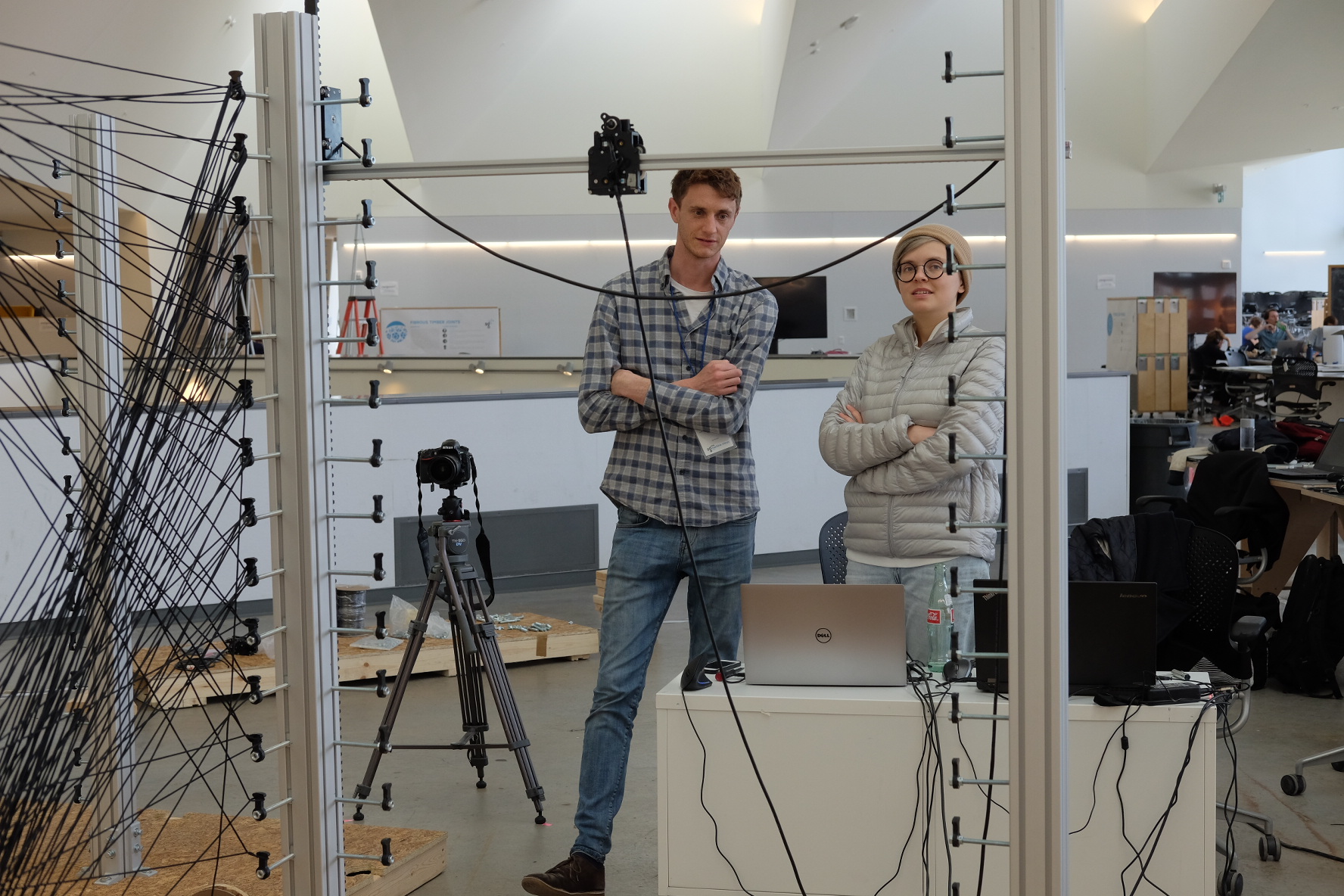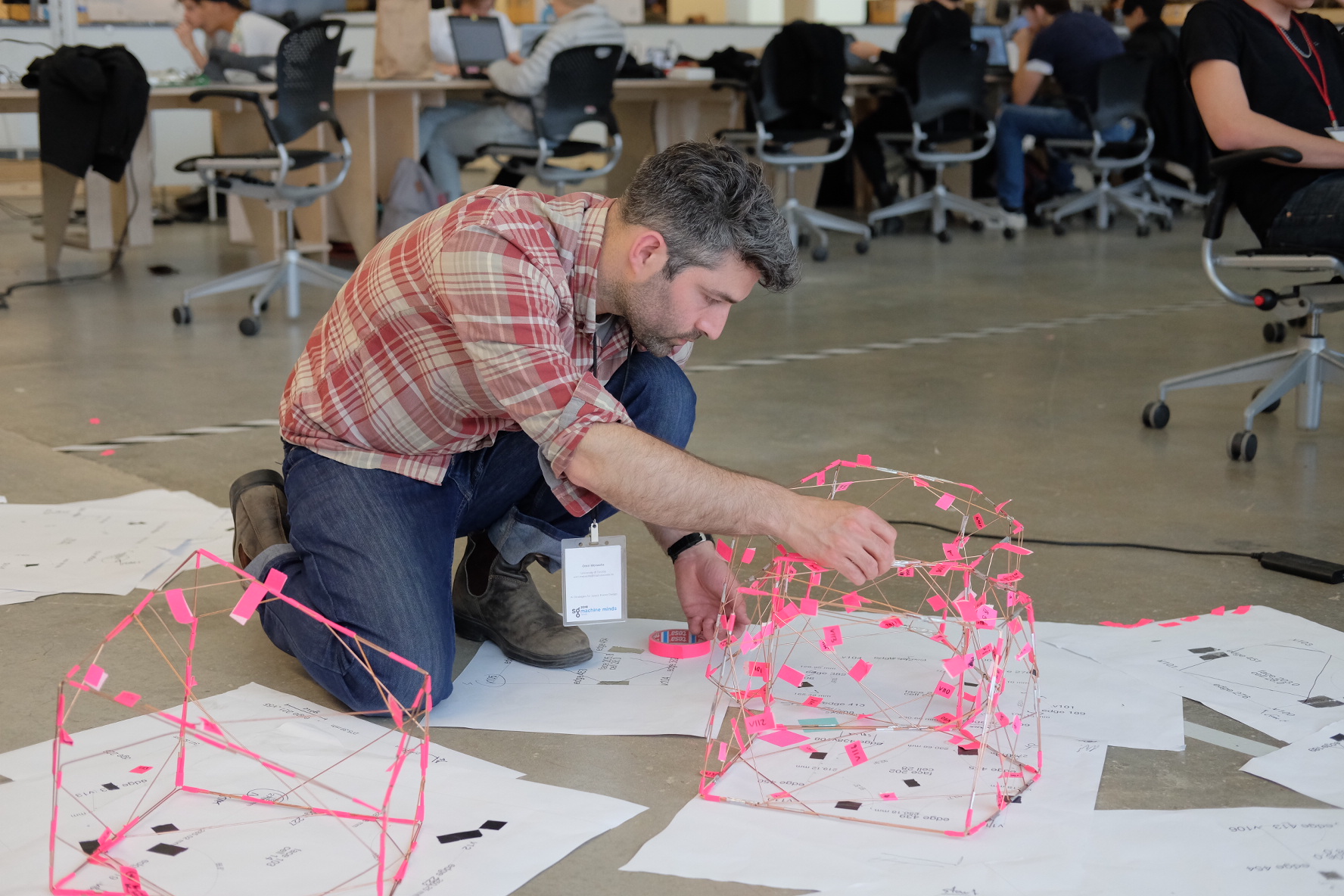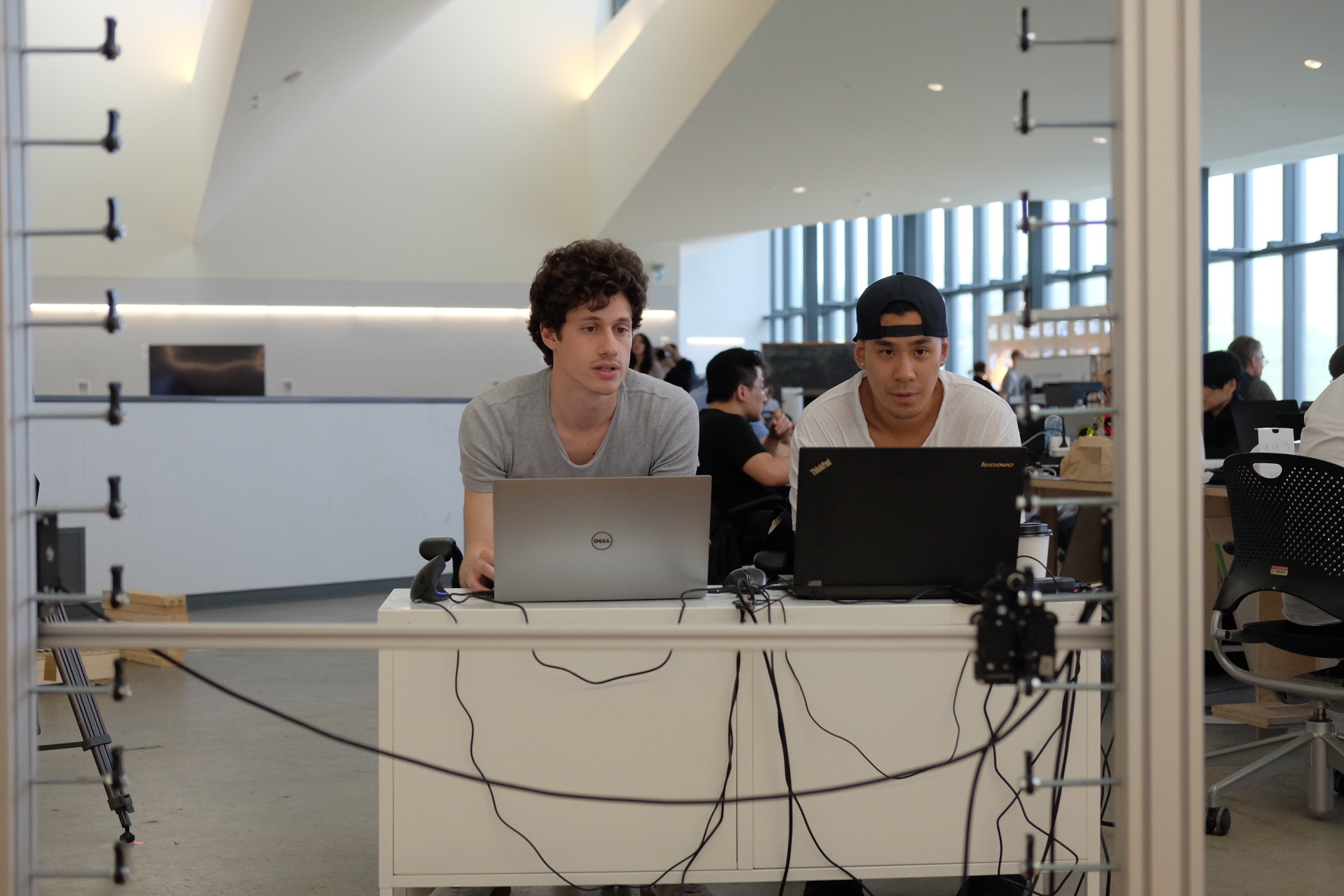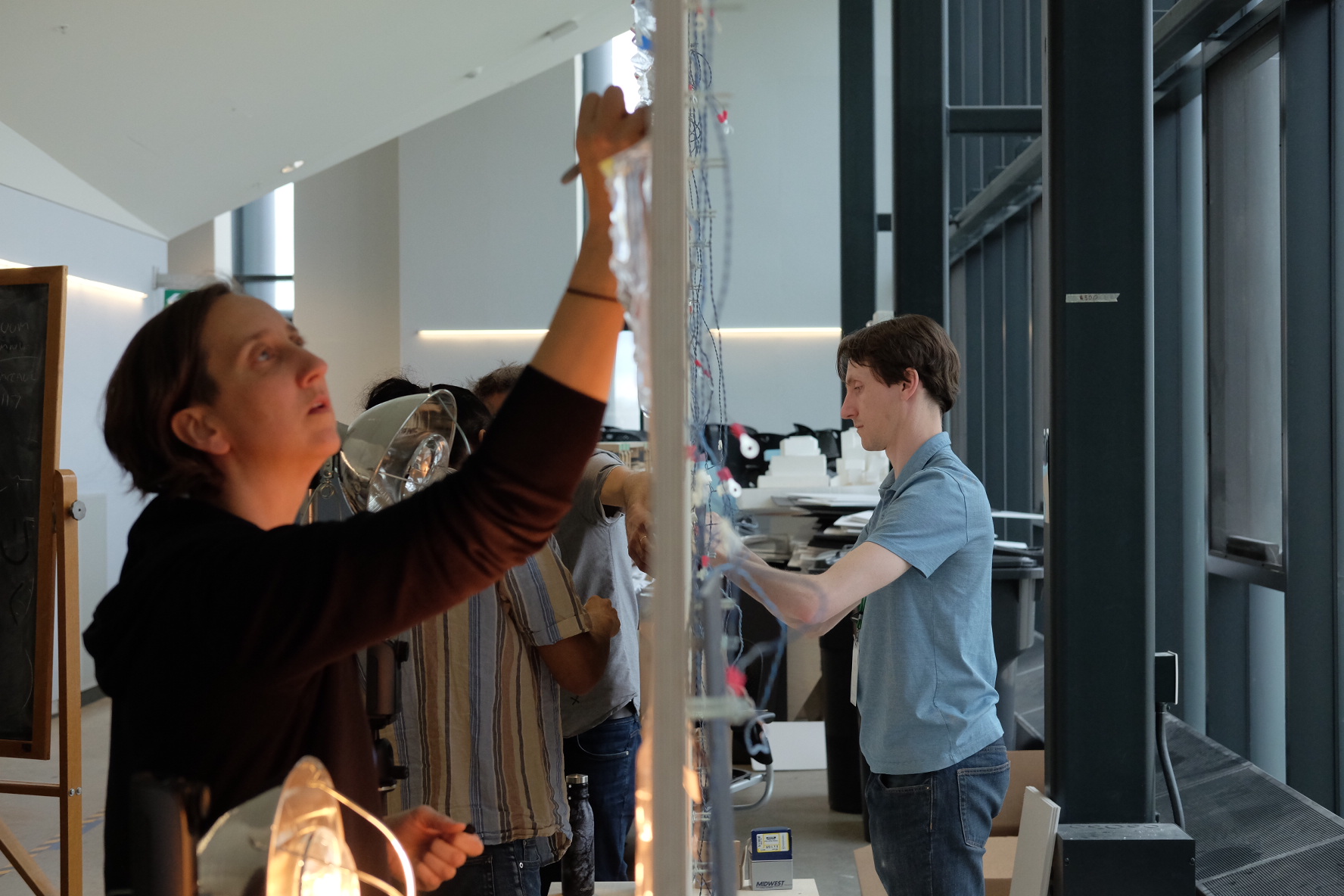09.05.18 - Where can tech take us? Smartgeometry explores the future of architectural design
This week (May 7-12), the Daniels Faculty is hosting Smartgeometry — a biennial workshop and conference that investigates how digital tools and computation can serve architecture and design. Attracting a global community of innovators in the fields of architecture, design, science, engineering, and science, this year's events will explore the relationship between architecture and AI.
Globe and Mail architecture critic Alex Bozikovic wrote about some of the novels ways that computation and new fabrication technologies are altering the how architects design spaces in a recent article (now available to subscribers online). His piece features The Living, a New York studio among the pioneers in the field of generative design.
Bozikovic also spoke to Assistant Professor Brady Peters, a director at Smartgeometry who helped organize this year's workshops and conference at the Daniels Faculty:
"Smart geometry is not just about computation,” Daniels assistant professor Brady Peters says, “but increasingly about fabrication – the relationship of the design process to the fabrication and construction process.”
Peters, a long-time participant in the biennial event, speaks from experience. While working at Foster & Partners in London, he participated in the design of complex structures – including the glass-and-metal roof of a courtyard at the Smithsonian Institution in Washington, which appears to ripple like a sail.
Making such forms has been the most visible application of software in architecture, and 20 years ago, it meant serious technical challenges. Frank Gehry’s office was able to design his famous Guggenheim Bilbao by customizing software intended for aircraft production.
At this point, “the software problem has gotten solved,” Peters says. “The tools” – software including Grasshopper and Rhino – are widely available, and they allow users to “design a series of relationships between geometric forms that then combine into architecture.”
The question, then: Where can tech take us? At this year’s Smartgeometry – which begins with a five-day workshop, “a chance for people in practice to get together, geek out and develop new technology” – the territory is artificial intelligence. One possible application: tracking and interpreting data from building sensors that reveal how a build performs. “Now, it’s about energy being measured on an hourly basis or minute-by-minute basis – and that can serve as part of the design of new buildings,” Peters says. “This is research that hasn’t yet been done in architecture – a real living lab, and seeing how building can evolve.”
Tickets for the Smartgeometry conference are available online via eventbrite. A list of speakers and the schedule can be viewed on the Smartgeometry website.


